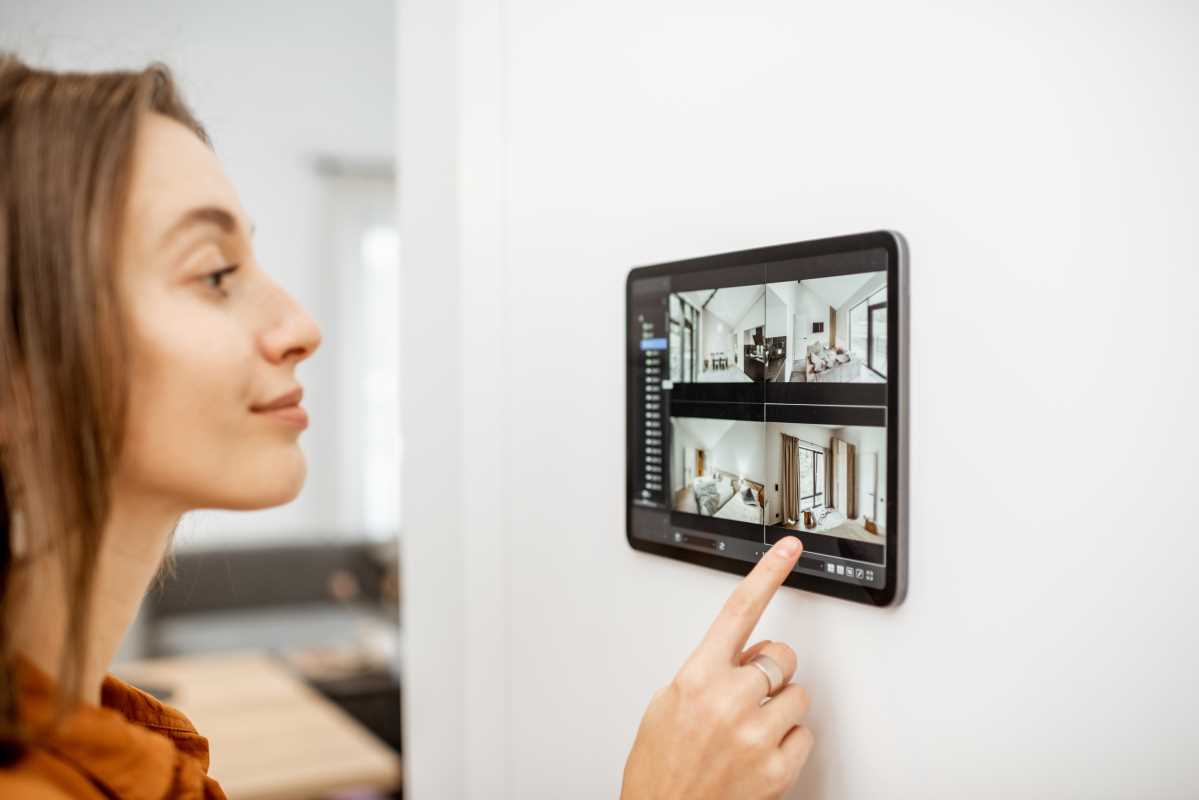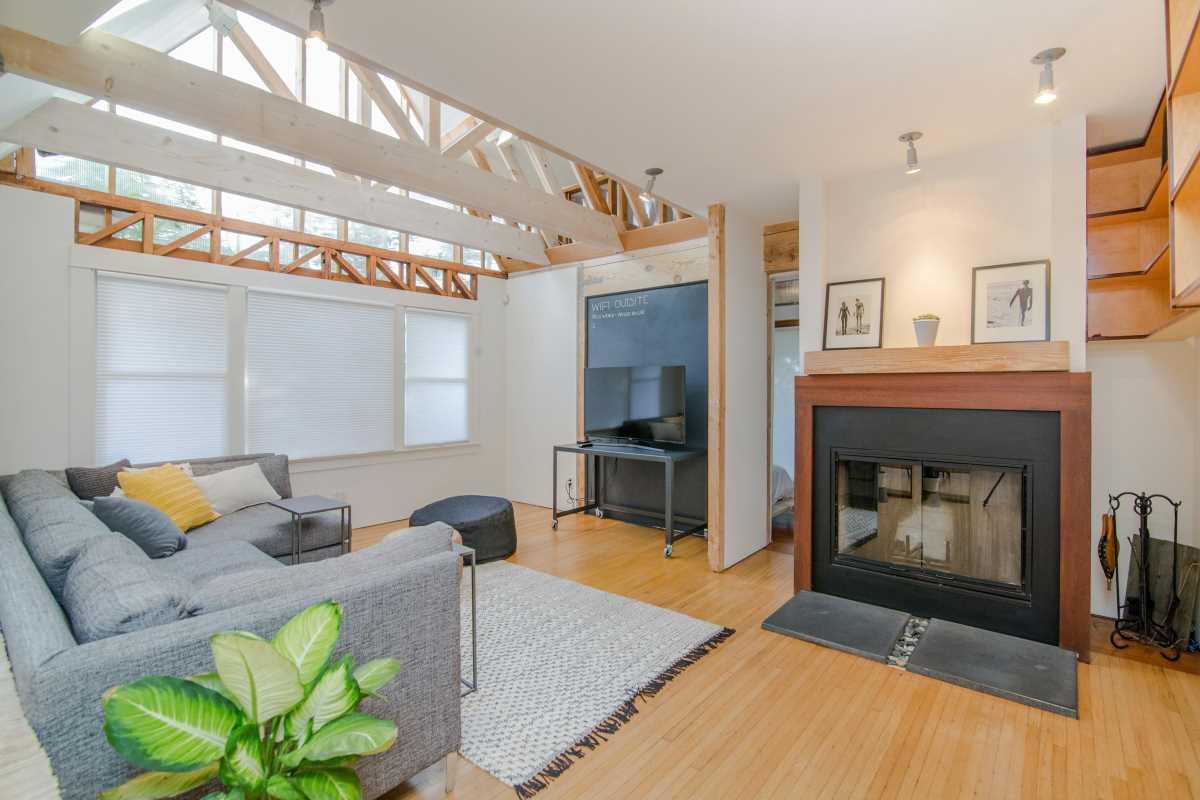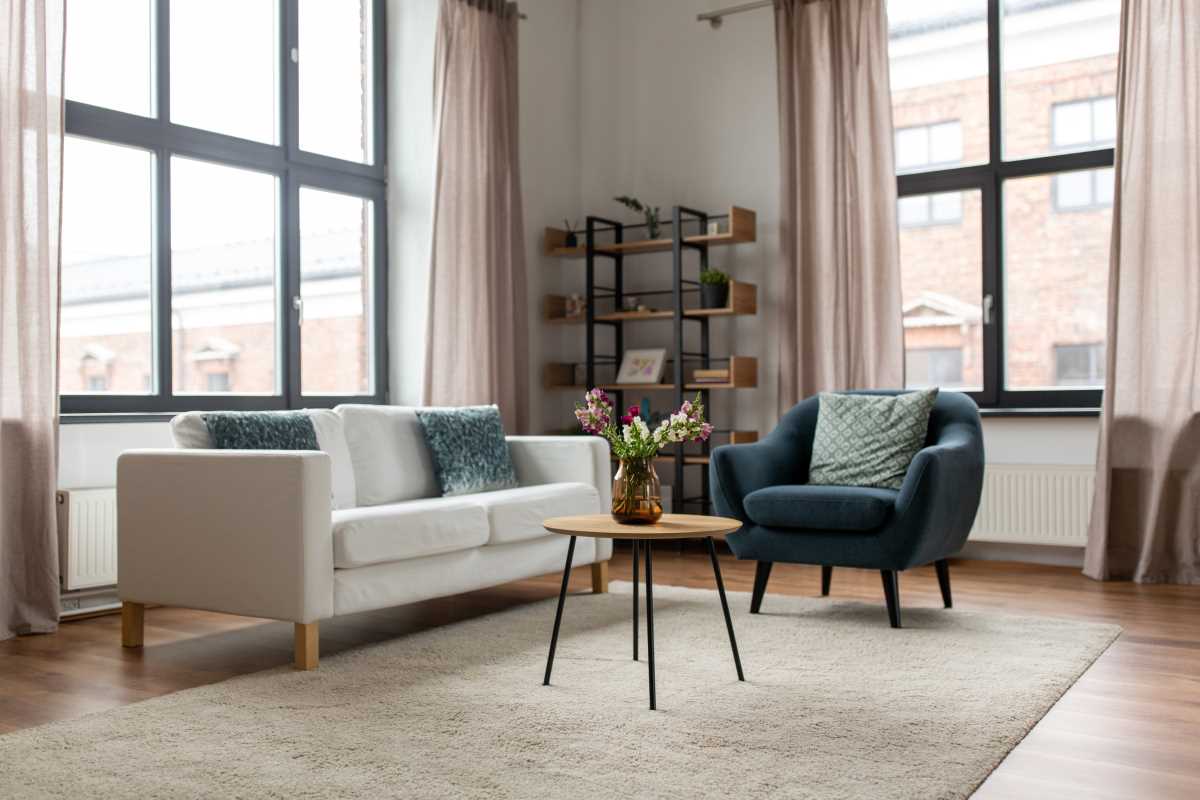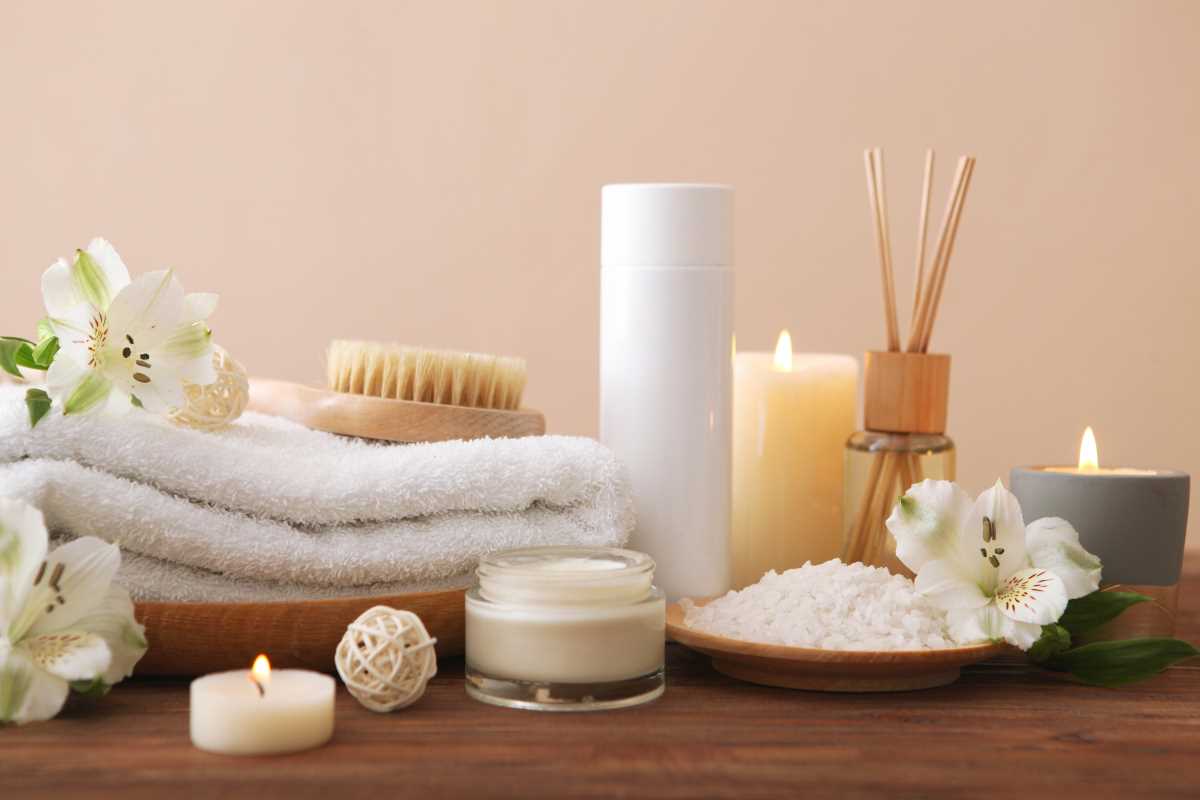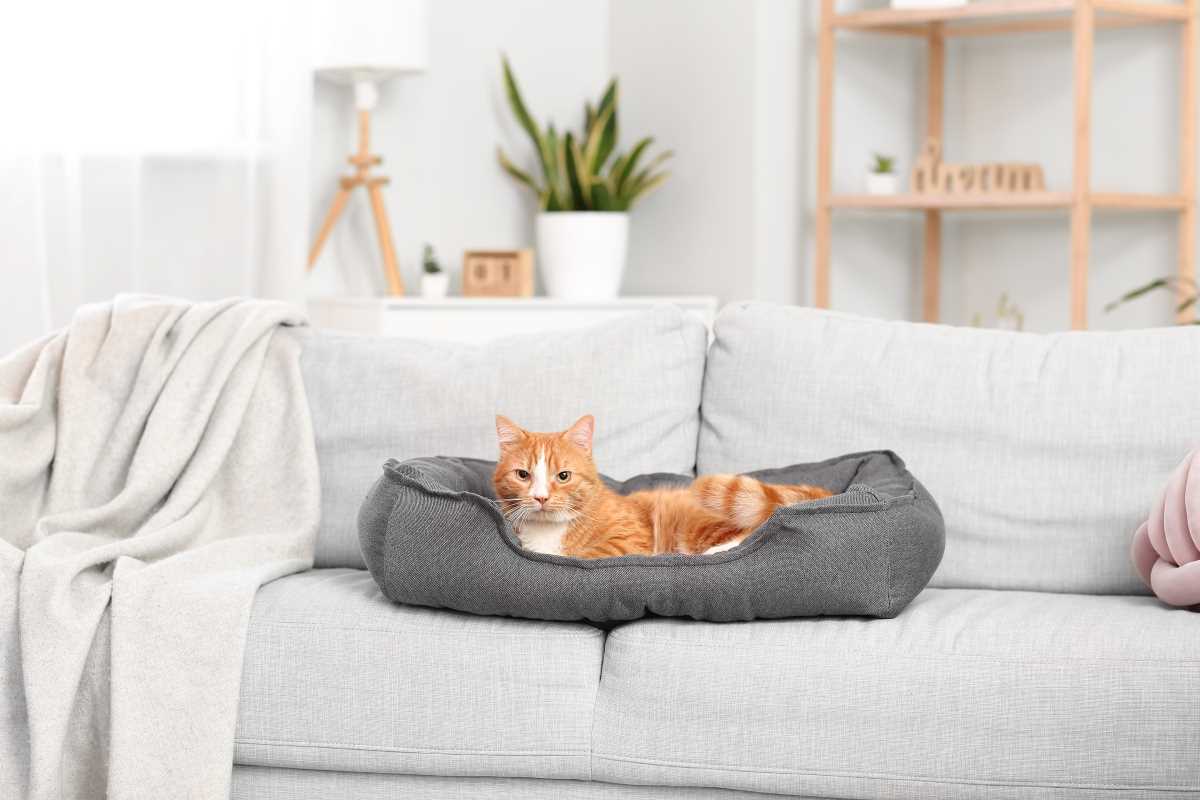Feeling secure in your environment starts with taking a closer look at how you protect the places that matter most. This guide walks you through the latest advancements in safety and explains their importance from unique perspectives. You will discover detailed examples within practical toolkits, making it easy to put new ideas into practice right away. Each section aims to help you build confidence as you create a more secure atmosphere, giving you the knowledge and motivation to take charge of safety in every area of your life. By the end, you will have a renewed sense of control over your surroundings.
When it comes to home security, creating a sense of calm depends on combining technology with daily habits. Using this balance helps you stay connected to your environment and be confident that small upgrades deliver significant emotional benefits.
Reevaluating Everyday Protection
- Observe routines: Watching daily flows reveals blind spots such as unlocked back gates at dusk or unlit hallways where footsteps echo. Noticing these moments allows you to install motion-activated lights or sliding-bolt locks for the times that matter most.
- Use entry cues: Simple steps like chalking thresholds to track foot traffic give you a nonintrusive alert when unusual activity occurs. This low-tech method works well alongside digital sensors for layered awareness.
- Change mindsets: Seeing security as ongoing curiosity instead of a one-time chore encourages quick wins—updating passcodes once a quarter or swapping batteries in sensors before they die. This small habit change keeps you adaptable.
- Coordinate social checks: Working with trusted neighbors to exchange vacation updates turns individual vigilance into community support. A shared group chat replaces isolation with cooperative awareness without revealing personal details.
- Set customized alerts: Instead of generic beeps, assign unique tones or voice prompts for different doors or windows. This expressive cue helps you instantly identify which spot needs attention, blending function with fun.
Integrating Advanced Devices
- SimpliSafe Smart Lock
- Features:
- Remote access controls
- 128-bit AES encryption
- Compatible with smartphones and voice assistants
- Price: ≈ $179 per unit
- Expert tip: Pair with a keypad module so guests can enter without app access.
- Features:
- Ring Floodlight Cam Pro
- Features:
- 3D motion detection
- Two-way talk
- Adjustable spotlight brightness
- Price: ≈ $249 (subscription options available)
- Pro tip: Narrow detection zones to the driveway to avoid false triggers from pets or cars.
- Features:
- Arlo Ultra 2 Spotlight Camera
- Features:
- 4K HDR recording
- Built-in siren
- Color night vision
- Price: ≈ $199 each (often in 3-pack sets)
- Enthusiast tip: Mount cameras 8–10 feet high for optimal coverage and reduced tampering risk.
- Features:
- Google Nest Secure Alarm System
- Features:
- All-in-one hub with motion tags
- Encrypted device communication
- Seamless Nest ecosystem integration
- Price: Starter kits ≈ $399
- Hidden tip: Hide motion tags inside decorative items like wall clocks for discreet placement.
- Features:
- Abode Iota Home Security Gateway
- Features:
- 1080p camera + motion sensor
- Built-in Z-Wave hub
- DIY setup with no mandatory fees
- Price: ≈ $179
- User tip: Add a second Iota in a central hallway to expand coverage and act as a smart home controller.
- Features:
Affordable Upgrades You Can Implement Today
- Window reinforcing film – a thin, transparent laminate that you apply to glass to delay forced entry. Sets cost about $20 for a dual-window kit. Follow the manufacturer’s wet-application instructions and smooth out bubbles with a standard squeegee for best results.
- Timer-controlled lamps – smart plugs programmed with on/off schedules mimic occupancy. Each unit costs roughly $15. To avoid robotic patterns, stagger the on/off times for different devices so the lighting mimics natural habits.
- Self-adhesive door sensors – affordable sensors around $10 each. Surface-mount designs snap onto frames without tools. Attach them to less obvious entry points like basement doors or pet-flap passages to close surveillance gaps inexpensively.
- Security window alarms – slim, battery-powered alarm strips under $8 that sound when a window opens. Install them across windows facing alleys or side yards. Keep an extra battery nearby to replace before the alarm goes silent.
- Reflective house numbers – shiny metal digits that allow quick identification by responders. Prices start at $12 for a four-digit set. Mount them near well-lit entries and angle them under porch lights to catch reflections at night for instant visibility.
Helpful Tips for Installing Security Devices
Angle cameras above entry points to capture clear details and reduce glare, and always back them up with local storage. Conceal wiring inside walls for both safety and a clean look, using rented tools if needed. With a few smart adjustments, you can build a security setup that feels reliable and unobtrusive.
